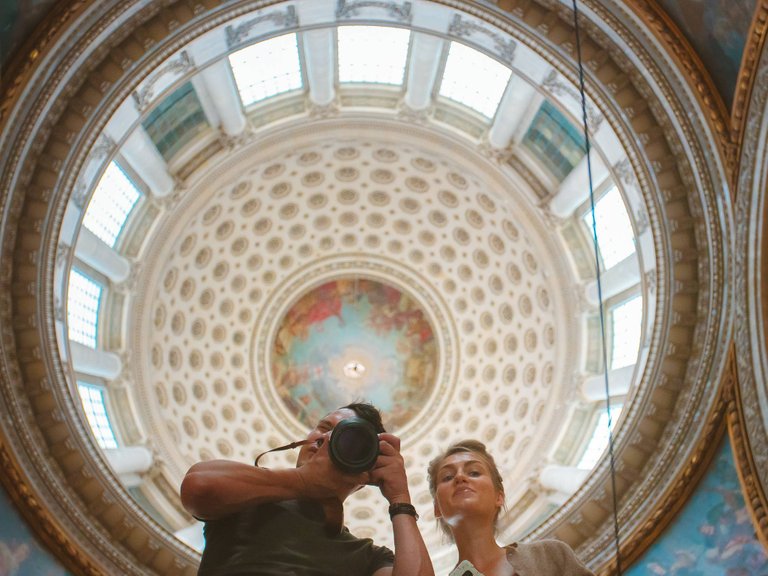
In this blog post, I'm going to tease you, and explain a little bit about the post-processing part as I have received many questions in the past about post-processing, how long do you take to edit a photograph, and how fast I can edit. I thought it would be cool to give you guys a little bit of a behind-the-scenes kind of vibe, while I can vent, settle down a little bit, and get into the processing part in a bit more structured manner.
Where to start
If you've read my recent blogs, you must have read that I've been to Paris together with @Lackofcolor, to photograph @hiddenblade her artwork at the Focus Art Fair exhibition. Let me just start by saying I'm truly overwhelmed by everything. The trip, the art fair, Paris and its stunning landmarks, and bringing @lackofcolor to the health center where she is finally being helped after 10+ months, 2 days after we got home.
I have got a hard time processing the whole experience because it has been quite a rollercoaster filled with emotions. There are so many ideas and emotions going on. Grateful, happy, sad, inspired, excited, and so on. Due to my nature where I usually take time (up to years) to finalize photographs before publishing them, it can be quite challenging to share photographs of Paris ad-hoc. I mean, I understand the fast-paced life we are living, and I can't wait to share these images with all of you.
So, the last few days I've been trying to get some rest as I am truly exhausted. It's a bit weird not being able to share and relive the trip together with your spouse after such a short amount of time between ending an awesome trip and being separated once again. I'm aiming for these memories to become as positive and great as they truly are, so we can bulldoze the difficult times in the future. I want this to be a big part of Lackofcolor's recovery when she looks back at this in 5 years. Hence, the challenging part; is how on earth am I going to start? We did so much in such a short amount of time. That being said, I guess I needed to vent before moving forward to where I can share and express myself with my blogs about Paris, one of the most beautiful cities in the world. It had such an impact. Truly.
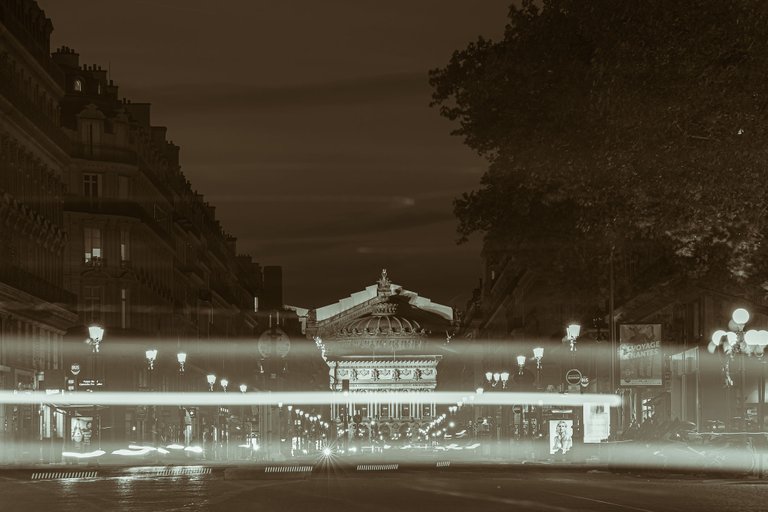
Going through all my photographs
The first thing that I did once we got home, was upload all my photographs to my hard drive. I immediately started to write about the Focus Fair. It was nice going through all the photographs of the exhibition, so it didn't bother me much not to see all the other photographs of Paris until I had to open the folder which contains all the Louvre photographs. Damn, it looks so good.
From a photographer's perspective, once you see your photographs on a big screen, you can finally see what you captured. The small viewfinder or LED screen on the camera is nowhere near to experiencing the full joy of opening and looking at stunning photographs. I usually only use my viewfinder to scan for faulty, 100% sharpness, and badly composed photographs. I took a little over 700 photographs, this includes the photographs from the art fair (165). So, it's safe to say that from the +/- 550 photographs I can use about 10% of that. I like to check ratios. Photographs taken versus actually usable photographs. 10% should be the bare minimum. This means I should have at least 55 photographs that I can use and publish. I mean, in a city like Paris, you can't go wrong, right? So, I should end up with more than 55 photographs.
Selecting all these photographs is back-and-forth progress. I rate them with 1 or 5 stars. Then I re-select the best out of those, and sometimes I find myself scrolling back in case I missed a gem (which happened plenty of times).
 Fun fact: 98 out of 168 photographs from the Focus Art Fair were used, that's 58%.
Fun fact: 98 out of 168 photographs from the Focus Art Fair were used, that's 58%.
Mapping out my plan
While selecting, I'm mapping and planning a structured way of editing. You have to understand that every location has a different light source. Categorizing these images is not only convenient when it comes down to post-processing, but it also helps out my OCD and wired brain. I want to write a blog post about each landmark that we visited, so readers aren't overwhelmed or speed-scanning it, which means more time to look at the actual photograph. I also want to have a post where I can redirect readers to specific landmarks, in case someone will bookmark or save the blog for future reference or trip-planning specifically for Paris.
And because of the way how my brain is wired, I want to try to publish everything in the same timeline as when we visited these places. It's so much easier for me to follow the story from A to Z, instead of B D C A, sort to say. This way, I can easily take a break and continue and pick up where I left off, whenever I feel like it.
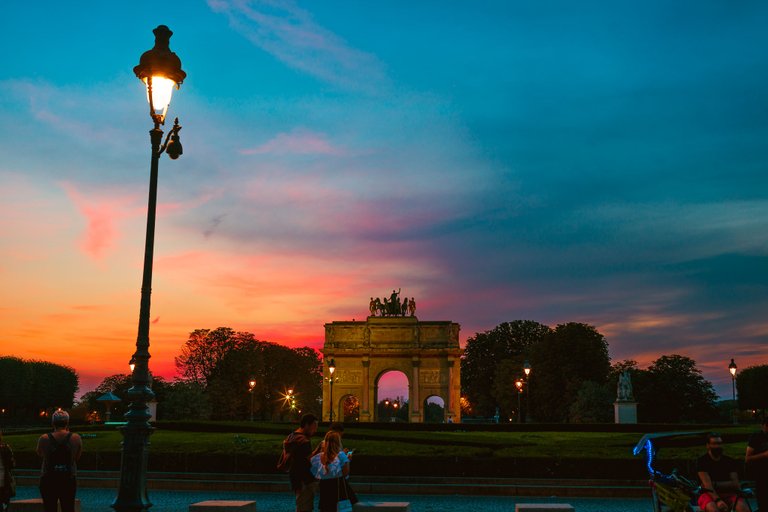
Roughly editing.
This is just a freerun. I'm randomly opening photographs of each location disregard their rating and start editing. This is where I check for noise, white balance, the histogram, and stress-test the RAW images. A great way to see how many styles you can give to a series of photographs. I also do this because my memory is still fresh, and I want to color-correct them to match the original location. This way, when I go nuts with playing around with the less dominant colors, I still have something to go back to. Trust me, when you work in LAB mode, you will fool yourself at some point and it is so important to take a break from the screen. Working with LAB colors is so sensitive, that you can easily break a perfect image, it is one of the best ways to enhance colors without destroying the contrast of an image. But I'm not working with LAB colors when I'm roughly editing, but it is the reason why I am stress-testing the RAW images to see how far I can push it in post-edit (and LAB colors).
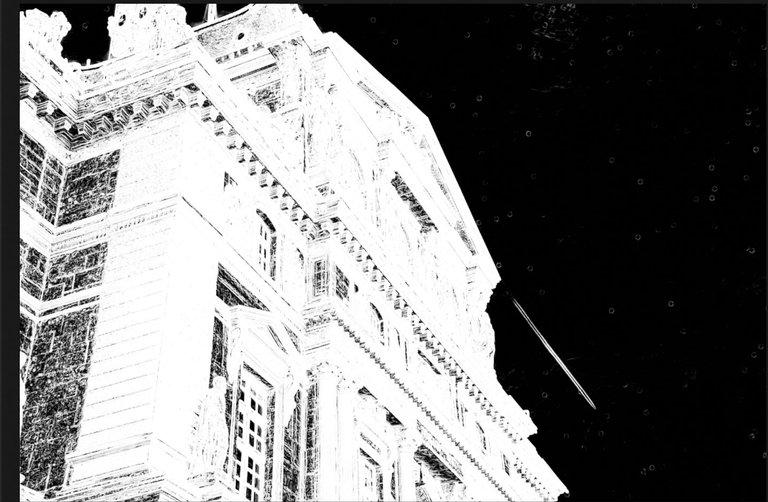
Reselecting and carefully picking out the "best" photographs
After doing rough editing in Camera RAW, it is a perfect way to give the entire folder the same look and feel with a press of a button. Of course, you need to manually adjust them to get the right exposure. At this point, it is a good idea to re-select, and pick the best photographs. At least, that's what I always do. Some photographs can be unexpectedly better than the ones you thought were the best. This way, you also train your brain in detecting and selecting images early on.
Once I have the "best" photographs selected, I have a good idea of how much time I will be spending on those. A few hours per image should be sufficient, with a break of a day, watching it for 30 minutes, and then deciding to finalize. For example, I have had this image of the Arc de Triomphe open for the last 2 days. Sitting idle. If it doesn't annoy me tomorrow, I probably will use it. So far, it annoys me a tiny bit, which means I either fucked up along the way, or I'm still deciding if I should do a black-and-white version of it, or color-correct it a bit more.
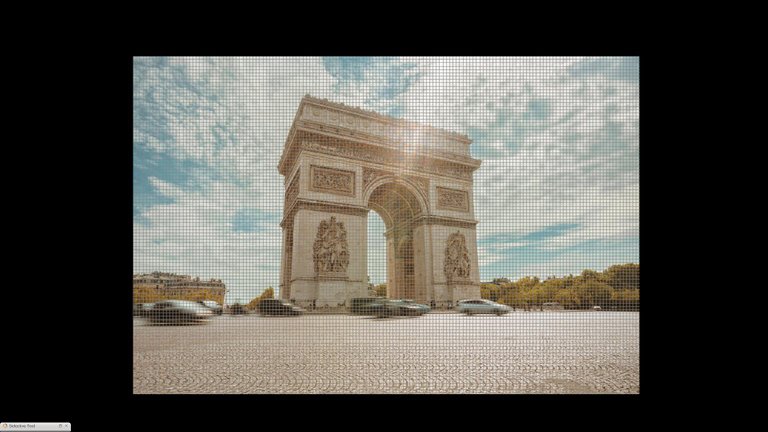
Editing this photograph took me about 4 hours in total. Yep. Let me show you an image that takes 15 minutes, or actually, one hit with the button.

No spoilers
I don't want to spoil much, that's why I left the grid on. But I honestly hope you can see that the first image is significantly more calming and easier to look at (and has a lot more detail). Just stare point blank at the center of the image for 10 seconds and try to see without moving your eyes. This kind of happens when we take a look at any photograph, we process everything, this includes the things we are unaware of.
There is a huge difference between event photography, street photography, and fine art photography. I have no idea if people realize how much time and effort it soaks up to create a timeless image. Post-processing can be as easy as you want it to be. You just have to question yourself 'what' it is that you want to portray.
Side note: I just color-corrected the image, and I'm way more satisfied with the colors. Like I said, LAB colors can fool you. I realized it had too much magenta in it, so I needed a bit more yellow and green to balance it a bit better.
Just getting started
Still, I have a lot of photographs to go through. I guess the reason why I wanted to share this, is so you have a better understanding of what is going on behind the scenes of a photographer and I can finally get started for real now this is all out of the way. I still have to think about what to include for these series. I think it would be cool to include some factual information about the landmarks.
Cheers,
Ruben

Follow me on Foundation | Follow me on Twitter | Follow me on Instagram
I love the first shot of you and @Lackofcolor and I admire the way in which you are supporting her in her healing journey. That is something that will really stand to her and help her.
I look forward to seeing more photos of your trip and I hope you get to rest and do look after yourself, I know that this will be an emotional time for you both xxx
Ahh, thank you so much for your kind words! We try our best, and I think we're doing a great job together. I should yes... and o my... I just found out I won a ticket to HiveFest(!), what a rollercoaster is this XD haha
Woohoo, that's great you won a ticket, I would have liked to go, but it is just too expensive for me. Take lots of photos xxxx
Maybe someday! It would be great to meet IRL, I think lackofcolor would love that as well :). I'll try! Hopefully, the ventures have enough light ^^
Really you take lot of photos
Mwoah, about 160 per day on average if you count out the ones I made during the Focus Art Fair
I like that photo. It has something special...couldn't understand yet what exactly...but for sure it has special vibes! :)
!PIZZA
Which one do you mean?
The last one with Arc De Triomphe (if I am not mistaken...)